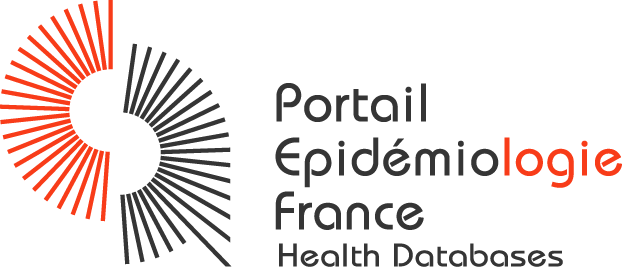The catalog contains the description of the main databases in public health in France
 ITMO public health
ITMO public health

July 30 2015
The project's general objective is to assess patient sensitivity to ischaemia/reperfusion (size of myocardial infarction, microvascular obstruction lesions, myocardial oedema) and post-conditioning response (ischaemic or pharmacological) in terms of:
- Clinical characteristics: comorbidities (diabetes, hypertension, smoking, heredity, pre-existing ischaemia);
- Biomarkers identified or to be identified (e.g. interleukin 17, angiopoietin-like 4, cyclophilin D).
January 27 2016
To estimate the frequency, severity and preventability of adverse events linked to ambulatory care, as well as investigate the context and contributing factors on the occurrence of these events and to estimate the hospital treatment costs.
July 30 2015
The objective of this registry is to provide a comprehensive catalogue of in vitro fertilisation activities in France (annual report on agency activity, regional analyses, etc..) and to assess the results, given associated factors such as:
- The woman (age they began smoking, indication of infertility, etc.);
- The man (smoking, indication of infertility, etc.);
- Attempt (number of attempts, gamete origin, technique used, quality of embryos, etc.);
The registry shall identify the donor couple's treatment path over several years, attempt by attempt, throughout different centres if required, and to provide recommendations in order to improve clinical practice for the patient;
To monitor pregnancy and to assess the child's health at birth through an after-birth study.
July 30 2015
The objectives are to provide statistical analyses on gender norms across generations in Île-et-Vilaine and in greater Brittany regarding alcohol consumption; to compare generations and understand trends in gender and consumption norms; to address nine research hypotheses on: the adjustment of standardised consumption behaviour among girls; differences in consumption according to parental educational models; regulation-control procedures for consumption; the role of peer groups, the "protective role of girls" in peer groups; the issue of attraction and the cultural content of social events, such as "consumption regulation factors".

The catalog contains the description of the main databases in public health in France

You wish to share the information about your database with researchers and experts in public health?
Partners - FAQ - Contact - Site map - Legal notices - Administration - Updated on December 15 2020 - Version 4.10.05